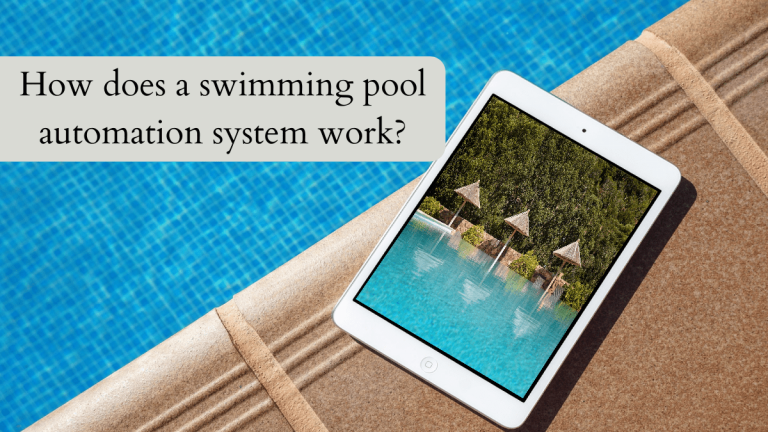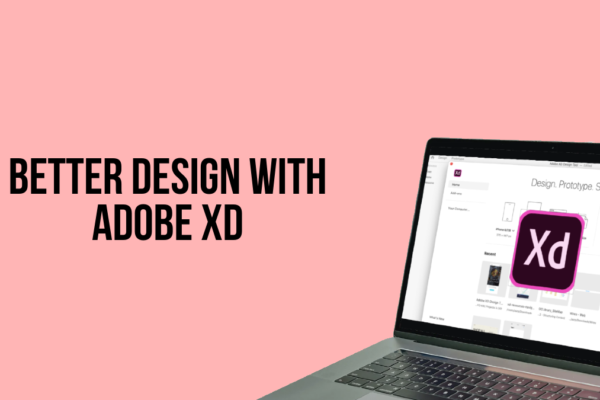With smart devices becoming inexpensive and affordable, customers are looking for connected devices in every market. IoT devices have become more ubiquitous, and data suggests that by 2025, 152,000 devices will connect to the internet every minute. OEMs have responded to this IoT revolution by rolling out connected devices in their portfolio. A smart swimming pool automation system is the latest addition to this.
Compared to other smart systems, smart swimming pool systems don’t control just one device. In the case of most smart devices, there’s only one internet-connected device. A smart bulb controls itself, a smart TV controls itself. A smart doorbell connects to the app and that’s it. But a smart pool system controls multiple devices, and make them dance to its tune.
In this sense, a smart pool is more like a smart home ecosystem instead of a smart device.
What is a smart swimming pool automation system?
Yes, you guessed it, a smart swimming pool automation system automates every aspect of managing a swimming pool. But to understand what it is exactly, let’s have a look at the equipment that is usually associated with a swimming pool. Keep in mind that not all pools have all of them or even need all of them.
Swimming pool lights
Not always necessary, but a beautiful addition nonetheless.
Sensors
Maintaining water quality in a swimming pool is very important. For a healthy pool, you have to maintain the water within a narrow pH range. A large body of water is also a breeding ground for microbes and may create problems for your skin. Hence swimming pool owners take great pains to maintain the chlorine levels in their pools. Excess chlorine presents its own set of problems.
Normally pool owners maintain the pH and chlorine levels by manually measuring the pH level in the tank, using pH indicators (and chlorine indicators). An automatic system on the other hand measures them and adds the necessary chemicals accordingly. This is where the sensors come.
The main two sensors are pH and ORP sensors. pH sensors, you guessed it, measure the pH level of the water. ORP sensors or oxidation reduction potential sensors indirectly measure the chlorine levels in the water.
Salt chlorinator and dosing pump
Along with the sensor probes, a salt chlorinator and dosing pumps work to maintain the chemical levels in the pool within the correct range. Dosing pumps are a relatively new but proven technology to inject a chemical into a liquid stream. The controller adds acid or base(or chlorine) into the pool according to the sensor data.
Filtration system
The filtration system keeps the pool water clean of any dirt or bacteria. The system also helps with a better distribution of chemicals to combat bacteria. Swimming pools usually use a sand filter to clean the water before adding chemicals or adjusting its temperature.
Variable speed pump
The variable speed pump pumps the water from the pool to the filtration, chemical balance system. With a variable speed pump, the users can lower the filtration rate when the pool is not in use and conserve energy in this situation.
Heat pump
Not necessary, but a must-have have if you want a temperature-controlled pool. If available, the controller uses the sensor data from a temperature probe to control it. The heat pump is an interesting device. It works like an air conditioner or a refrigerator, except in reverse.
A compressor sucked freon(the refrigerant) vapour from a liquid filled evaporator tube. The evaporating vapour takes in heat, but creates a cooling effect for the liquid. The compressor squeezes the gas and raises its temperature. The gas transfers this heat collected to the pool water when it goes through the condenser. The process in turn cools down the gas into a warm liquid. And the warm liquid becomes an extremely cold liquid as it is forced through a valve, and heads back to the evaporator.
So what does a smart swimming pool automation system do?
A smart swimming pool automation system automates all the equipment associated with a swimming pool. And a user can control all of this through a smartphone or a web app. Coming home after a long day for a swim in a warm pool? Just set the temperature through your phone. And don’t worry about chemical imbalances affecting the pool, the system will take care of it.
The variable speed pump pumps the water from the pool and into the filtration system. After filtration, an in-line temperature probe collects temperature readings. The controller uses this data to control the heat pump. After the water comes out from the heat pump, the dosing pumps add acid or base, as well as chlorine to adjust the chemical levels. And the water is then sent back to the pool.
Design consideration for a smart pool automation system
Let’s imagine designing a swimming pool system from scratch. All the equipment are near each other and are never moved. The devices will have a constant power supply. This eliminates the need for a battery, as well as connecting all the equipment individually to the cloud. A central controller can connect all the equipment to each other and to the cloud .
This serves as the basis for the architecture.
Smart swimming pool automation system architecture
As explained in the previous section, the controller connects all the equipment to each other through wires. The controller collects the sensor data and relays it to the OEM’s cloud and takes instructions from there. The controller connects to the cloud through the wifi.
From here the data is available globally, through a mobile or phone app. The basic functions and logic, such as turning on and off of equipment are stored in the OEM cloud. For example, if the user were to turn the salt chlorinator on from their phone, the phone connects to the OEM cloud, which in turn sends the instruction to the controller. But in case of setting the schedules or other complex functions, the web portal or the smartphone app connects to our cloud which in turn connects to the OEM cloud.
With this approach, it is easy to add third-party services and devices which are not supported by OEM. If we were to integrate Amazon Alexa or Google Assistant, it can be connected to our cloud. And if there are devices not supported by the controller, by connecting to our cloud, we can control all the devices through a single dashboard, providing a seamless experience to the user.
How we did it
In our system, we used the Django framework for building the web app and flutter for the mobile app. And we used postgresql for the database.
Looking for a custom IoT solution? Get in touch with us




